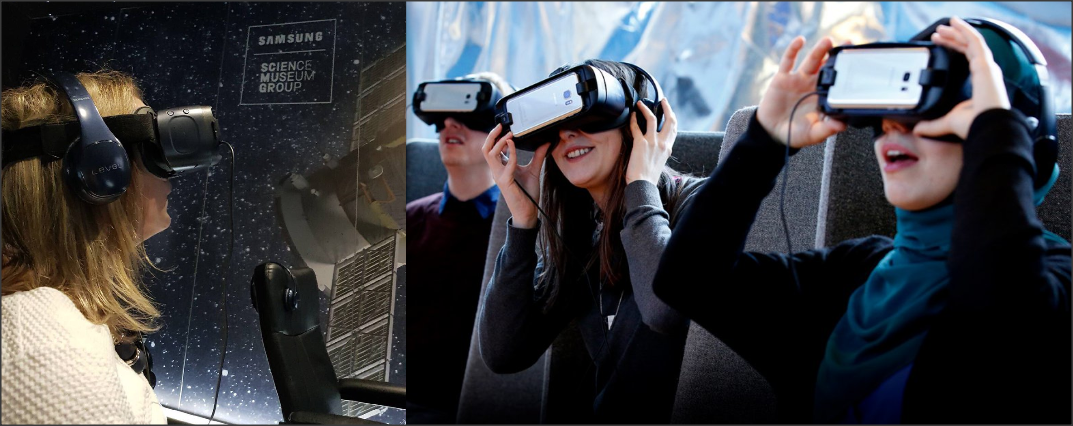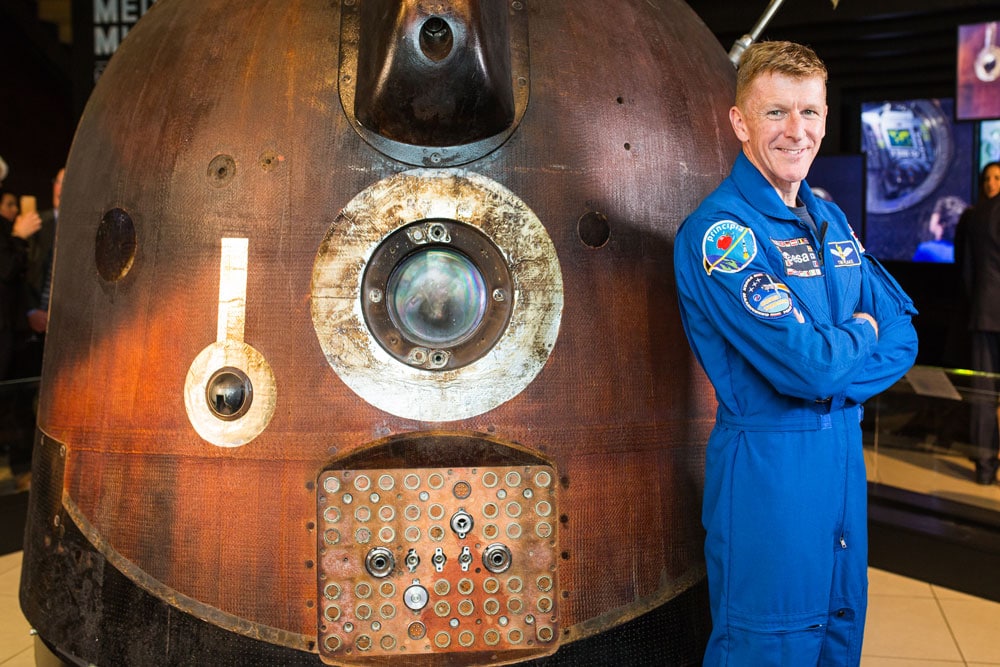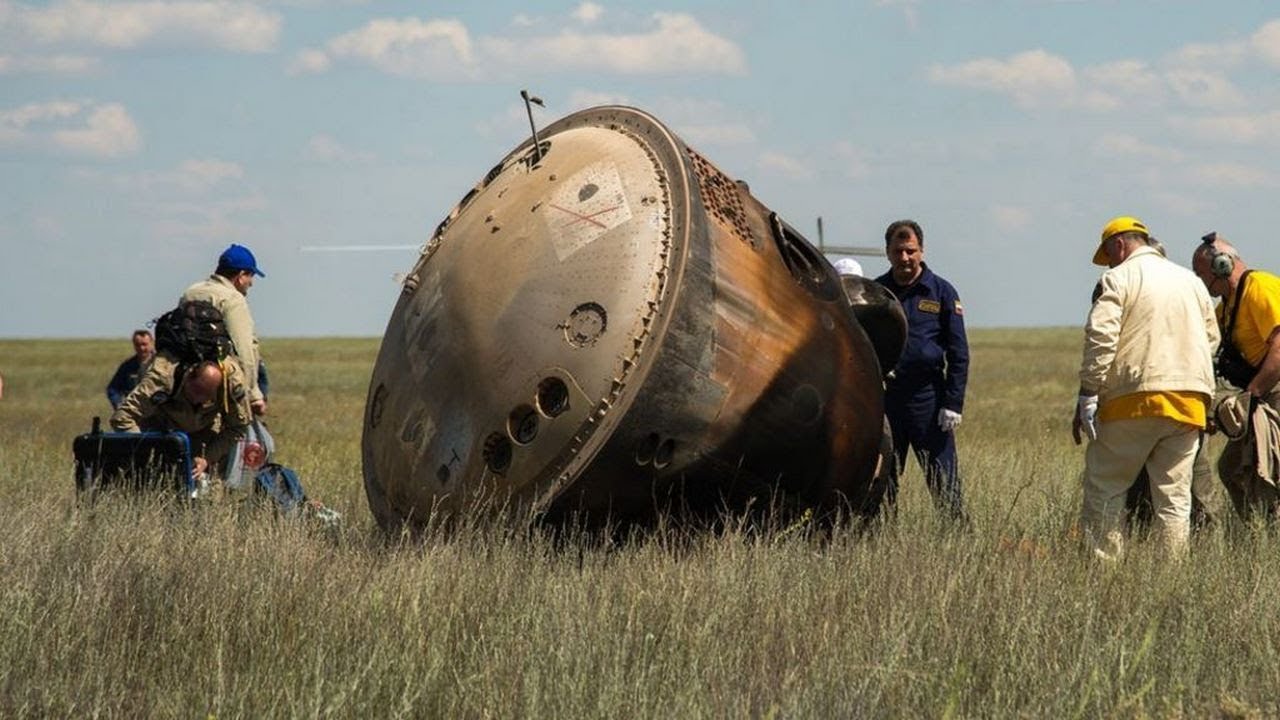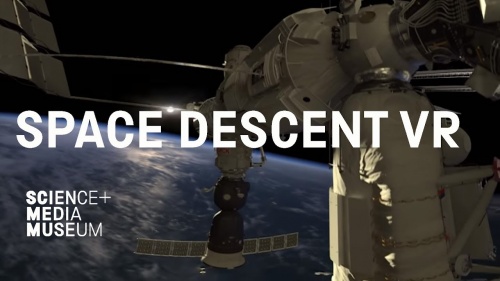This week is a pretty important one in the history of space travel. It was on this day, April 9th, back in 1959 that America showed off its first astronauts at a press conference and discussed their Project Mercury mission to launch the world’s first manned space program involving these seven military pilots.
The launch year was scheduled for 1961 but they were gazumped on April 12th, 1961 by the Russians who made history when cosmanaut Yuri Gagarin made the first manned orbital space flight. An April trip to the Science Museum for a VR experience of an astronaut’s journey is one way of immersing ourselves in their ground breaking achievements from safe ground.

The Science Museum’s Space Descent VR allows you to experience what it would be like manning the controls of Tim Peake’s Soyuz capsule as it undocks from the International Space Station 220 miles above the earth and hurtling home at initial speeds of 28,000 kph. And at the end of this exhilarating journey with its amazing views of Earth from space and 360 degrees views of the capsule you’ll be thankful it’s just a VR experience. Their Samsung Gear Headset and headphones make this dream a reality – certainly a virtual one. Peake was the European Space Agency’s first British astronaut and spent six months on the International Space Station and knows his stuff so it’s a reassuring feeling when his face appears across the VR screen advising you on your undocking and descent operations.

After booking a 13-minute slot priced £7 make your way to the museum’s FlyZone Level 3 where you’ll be handed Samsung Gear VR headgear. You’ll notice the button to adjust focus barely makes a difference! Once the VR gear has been fitted there is a brief intro advising on how to use the kit and then a pre-recorded Tim Peake calmly guides you, the ten-minute astronaut, on the descent from space to Earth. Once the capsule undocks you begin the 28,000 km/h descent with Peake advising you on the braking procedures. Safe landing is dependent on slowing the module down with explosions in the direction of descent. Even this isn’t slow enough for safety and at 800km/h parachutes the size of dining tables are released. Although speeds drop to 22km/h as you approach earth this still isn’t regarded as slow enough and a final larger single parachute is released as a last stop break. One second before landing in the Kazakh Steppes (photo below) six explosive pods beneath the capsule ensure the speed is broken up even more until you are now safely on terra firma where hopefully you’ll appreciate our precious little planet a bit more.






